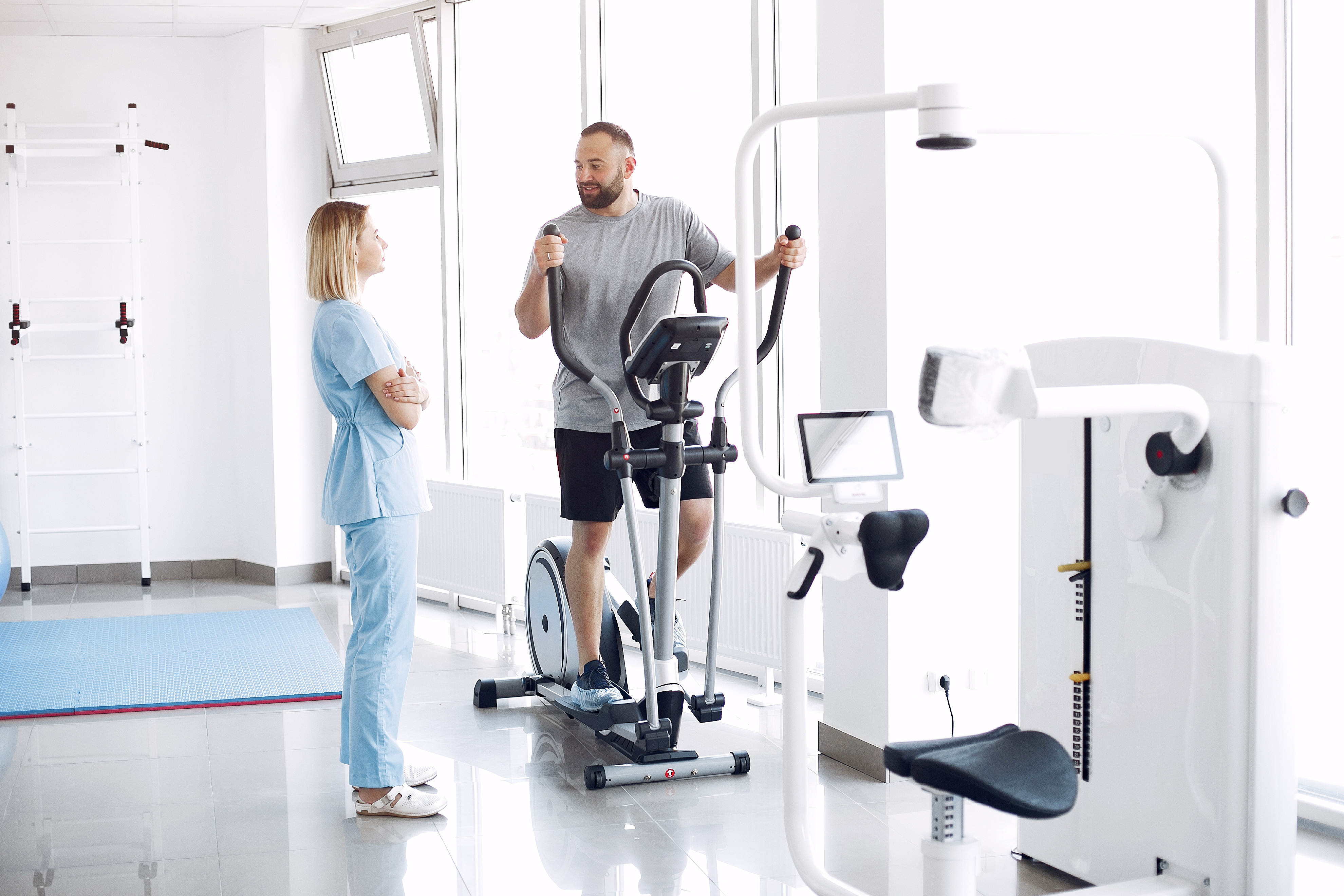Understanding the effectiveness of drug rehabilitation helps individuals and families make informed decisions about treatment options. A drug rehabilitation center in Brooklyn provides comprehensive programs that can significantly improve recovery outcomes. Success rates vary based on multiple factors, and treatment effectiveness is assessed through various metrics, including abstinence rates, improved health outcomes, and enhanced quality of life. This guide examines the factors that influence treatment success and the evidence supporting different rehabilitation approaches.
Understanding Success Metrics
Recovery success is evaluated through multiple indicators beyond just abstinence. Improved physical and mental health outcomes demonstrate treatment effectiveness. Enhanced social functioning and relationship improvements indicate progress. Reduced involvement with the criminal justice system shows positive change. Employment and housing stability reflect recovery success. Quality of life improvements highlight treatment benefits. Long-term follow-up studies track sustained recovery rates, and various measurement tools assess different aspects of recovery.
Factors Influencing Treatment Outcomes
The duration of treatment significantly impacts success rates, with longer programs yielding better outcomes. Individual motivation and engagement play a crucial role in treatment effectiveness. Quality aftercare and support systems contribute to long-term success. Addressing co-occurring mental health conditions enhances overall outcomes. Family involvement and support are essential for a successful recovery. The quality of the treatment program and its approach influence effectiveness. Personal circumstances and available resources affect recovery stability, while environmental factors play a role in long-term outcomes.
Evidence-Based Treatment Approaches
Research supports specific treatment methods and approaches. Medication-assisted treatment has shown strong evidence for managing certain substances. Cognitive-behavioral therapy consistently proves effective. Motivational enhancement techniques increase treatment engagement. Family therapy contributes to better recovery outcomes. Combining various treatment approaches enhances effectiveness. Continuing care models provide long-term recovery support. Evidence-based practices continue to evolve with ongoing research.
Measuring Long-Term Success
Follow-up studies monitor recovery maintenance over time. Understanding relapse patterns helps improve treatment strategies. Quality of life measures assess the overall impact of rehabilitation. Employment and relationship stability indicate sustained recovery progress. Improved health outcomes highlight the benefits of treatment. Reduced substance use severity showcases treatment effectiveness. Long-term cost-benefit analyses demonstrate the value of rehabilitation programs. Success measurements guide continuous program improvements.
Other related posts:
- Understanding How Drug Rehabilitation Works: A Comprehensive Guide


.png)
.png)


.png)
.png)
.png)
.png)



